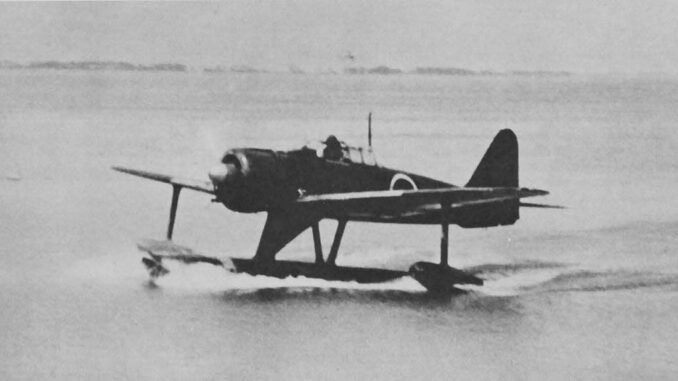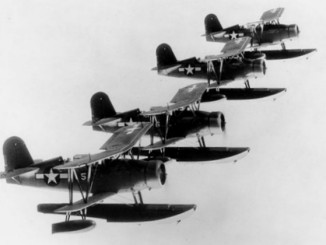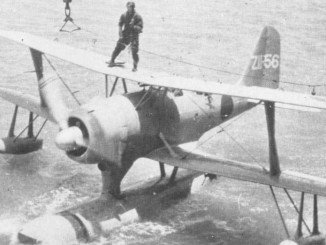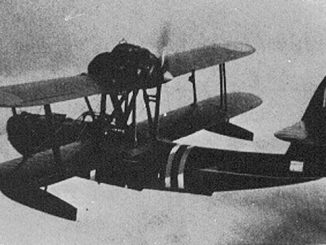
During the China Incident the Japanese Navy had made extensive use of floatplanes to augment their land-based units. The Japanese faced a lack of suitable airfields around the coastal cities that were conquered between 1937 and 1940, and with little in the way of aerial opposition from the Chinese Air Force tender-based E7K and E8N floatplanes effectively provided local air support to ground units. With a wider Pacific War imminent, and the prospect of combat taking place on under-developed islands, the Naval Air Service realised that a floatplane fighter might offer a way to achieve local air superiority until engineer units could construct true airfields. In September 1940 a project was initiated that would eventually produce the Kawanishi N1K Kyofu, but with the first production models not due to enter service until 1943 a stopgap was clearly needed. In February 1941 the Naval Staff approached Nakajima and asked them to develop a floatplane version of the A6M Reisen (Zero) fighter.
Nakajima chose the latest A6M2 Model 11 as the basis for the new design. Modifications were fairly modest, with the landing gear removed and the wheel wells faired over, and the addition of a large central float and two stabilising wing floats in place of the undercarriage. To maintain manoeuvrability the rudder was enlarged and ventral fin added. These modifications left no room for the Zero’s usual ventral drop tank, so the main float was modified to include an auxiliary fuel tank. Maximum speed was reduced by about 60 knots and climb-rate was likewise affected, but otherwise the A6M2-N performed almost as well as the Reisen. The new fighter was accepted for service and was assigned to front-line units just 6 months after its first flight.
The first Type 2 fighters were assigned to the Yokohama Kokutai at Rabaul, arriving in early June 1942. This small detachment was further dispersed to outlying islands without airfields, most notably to Tulagi where they were to provide cover for construction units on neighbouring Guadalcanal. Several were destroyed on the water during the American landings in August. Later, a detachment operated from nearby Rekata Bay and the float Zeros were often seen tangling with Wildcats over Henderson Field.
A second seaplane fighter unit was attached to the Toko Kokutai, which was operating in the Aleutian Islands. This detachment was deployed to Kiska island, which was in the midst of the “Kiska Blitz” and was facing bombing raids on every day that the weather allowed. The unit first engaged in combat on August 4th, challenging B-24 bombers over Kiska. Thereafter the Type 2s had occasional success against American types including the P-38. Following the recapture of Attu and Kiska, the 452 Kokutai also operated A6M2-Ns from Paramushiro in the Kurile Islands, attempting defend these remote northern islands from yet more American attacks. Type 2s remained in combat almost to the end of the war, with a unit operating as interceptors from Lake Biwa in the Home Islands, attempting to defend Honshu fram B-29 raids.
In 1943 the Allied Air Intelligence Unit assigned the seaplane fighter the codename “Rufe”.





Leave a Reply